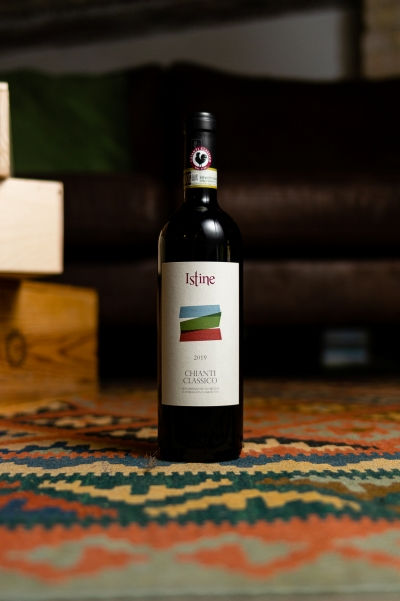DECEMBER+
Földi Bálint Kéknyelű, Balassa Betsek Furmint, Bott Frigyes Olaszrizling, Maison Roche de Bellene Bourgogne Pinot Noir Cuvée Reserve,Böjt Egri Bikavér Superior, Istine Chianti Classico
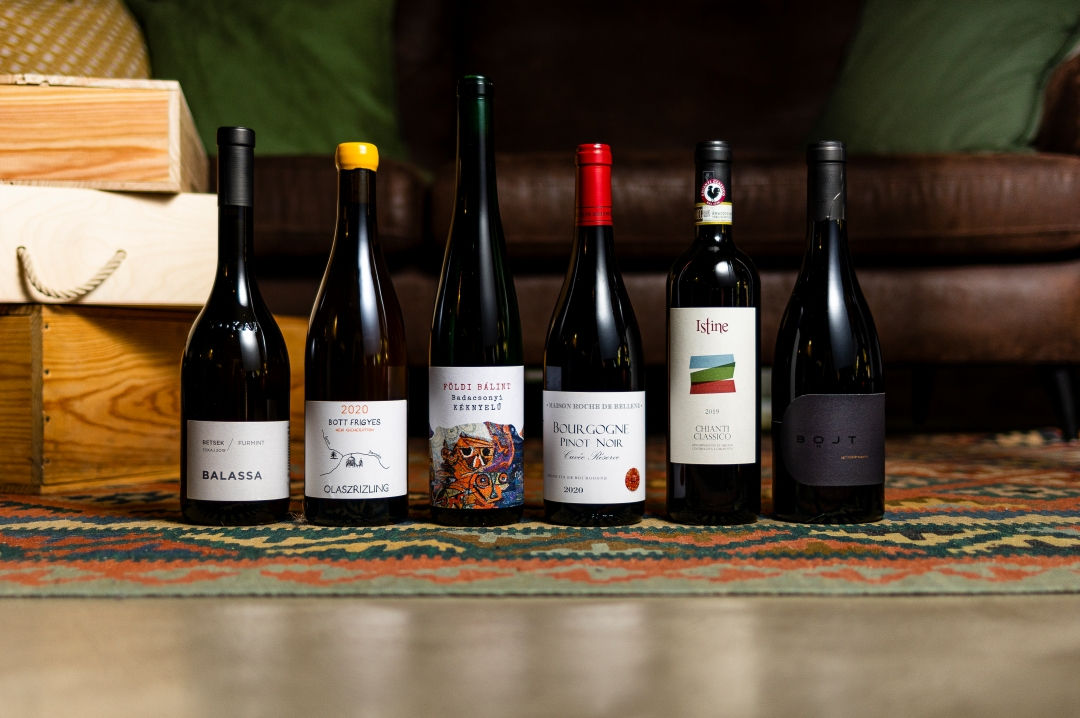
Földi Bálint Kéknyelű 2020
Bálint Földi showed us his barely one-hectare estate last August. We already knew something about him and his wines that are filled into slim bottles, but the picture came together while talking to him at his old Kéknyelű parcel. This is one of his most important plots, where he started out from in 2012. Its base comes from the vineyard of 400 vines behind the winery, plus the selection from two smaller plots; thus, altogether only one barrel was made from it. The whole-bunch pressing was followed by spontaneous fermentation in five-hectolitre used barrels, where the wine was also aged until bottling. It’s a broad, big wine with a lively palate, and is a real rarity. The palate is round, all the details are in harmony, with delicious warmth on the long finish. A great wine with unique flavours.
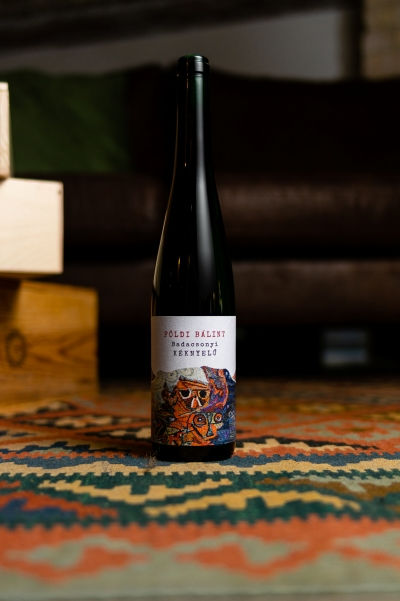
Balassa Betsek Furmint 2019
2019 was again such a year that provided the opportunity to make single-vineyard Balassa wines in their unique style. Despite the fact that István has talked more about Szent Tamás in recent years, most people still associate him with the Betsek vineyard. It is one of his most important plots and has complex soil, from where generous but at the same time lean wines are made. Rhyolite tuff base rock, spontaneous fermentation, then ageing for eight months in 300-litre Hungarian barrels.
A total of 2,409 bottles were made of it.

Bott Frigyes Olaszrizling 2020
A label at Frigyes Bott’s that sticks out of the pack with its simple drawing depicting the two rivers that define the local conditions. The new generation of the family joined in the work and planning. Zsuzsa, Frigyes’ daughter, was given a big role in the pruning, in the vineyards and in the cellar. While the extremes (long skin contact, whole bunches, amphorae) did not prove to be a viable path with many varieties, they worked with Olaszrizling even more so. It’s almost identical to Frigyes’ first lees wine, the 2016 vintage of Rare. 80% of the wine was fermented in vats, with foot-crushed whole bunches and grapes destemmed by hand, while the remaining 20% was fermented in amphorae. “This is what Olaszrizling is like in our style. While I wouldn’t think of keeping Furmint on the skins, here this is the method that is close to us.” – F.B.
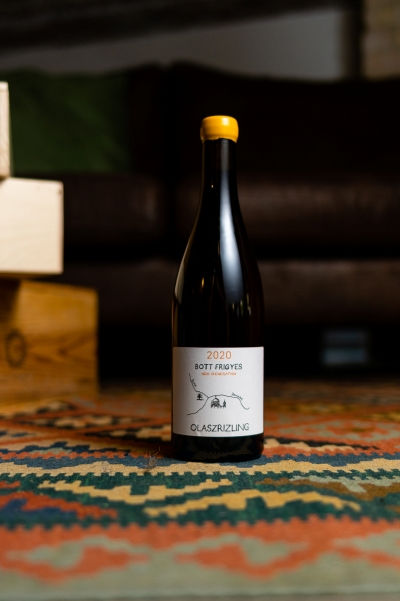
Maison Roche de Bellene Bourgogne Pinot Noir Cuvée Reserve 2020
Nicolas Potel is a born and bred Burgundy man. He grew up in Volnay, in one of the wine region’s most highly esteemed appellations. On his négoce estate in Beaune, he has been vinifying the grapes together with local producers from almost 100 different places of growth since the beginning. One of our favourite wines, the Bourgogne Pinot Noir Cuvée Reserve, is also made here every year. This one is an entry-level blend from sustainable and organically cultivated vines, aged between 30 and 80 years, from several villages. It has a fresh, vibrant cherry flavour, pomegranate colour, a deeper earthy and mineral character in the background. It’s a Burgundy basic, made with the best hands.
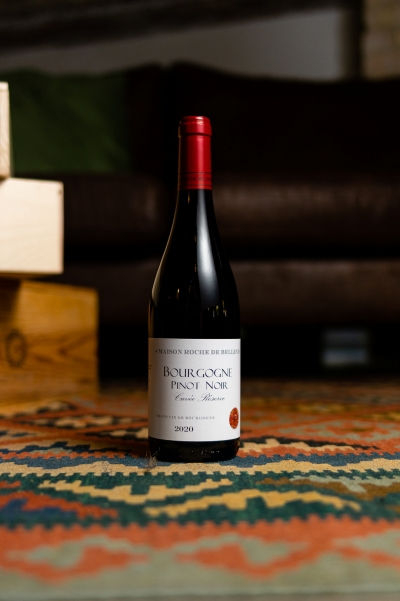
Böjt Egri Bikavér Superior 2018
“This is the best wine I’ve ever made,” says Gergő Böjt about the 2018 Bikavér Superior, and he can say that again. We tasted it for the first time this winter at the Ostoros winery and even in the blunt cold of the cellar, we could feel that there was something big in the unlabelled bottle. Gergő reconsidered Bikavér, lightened the varieties and deepened the flavours of the wine. 50% Kékfrankos, 35% Pinot Noir, 10% Cabernet Sauvignon and 5% Zweigelt is the proportion of the final blend. Again, the controlled fermentation was carried out precisely and purely, in tanks, then ageing ensued in 225-litre barrels for 14 months. It was bottled in August 2020.
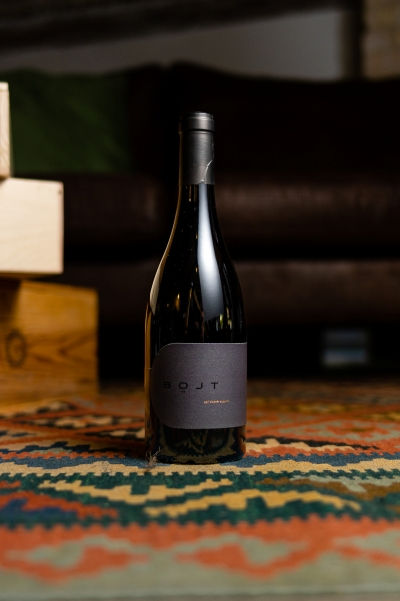
Istine Chianti Classico 2019
It has been a long-held desire of ours that beside the classics of the Antinori family, we should show something from the lesser-known estates of Tuscany. Searching for the promising names of the new generation, we ended up in Radda, with the wines of Angela Fronti. The Fronti family has been working with the land, the grapes and the harvest for many decades. They’d already been growing grapes for big-name estates and had olive orchards; thus, they knew exactly which hillsides were worth investing in. The fruit of their labour is the Istine vineyard, which also provides the name of the estate. The organic growing, the style and the fame of the wines can be linked to her.
The estate’s 20 hectares of vines can be found scattered around several vineyards. The main variety, besides Trebbiano and Merlot, is Sangiovese here as well. In the same way as her creative partners, Angela also seeks lighter drinkability and delicate balance in the cellar. The wine is made via spontaneous fermentation, long maceration in concrete vats, and ageing can only be carried out in grandi botti, which are large, 10-20 hectolitre barrels. Her most important wine is the Chianti Classico, and the one they started out with in 2009. Its base material is picked from the Istine vineyard, which is located next to the cellar, and then blended with several plots, depending on the vintage. After the spontaneous fermentation and pressing, the wine ages until the next harvest in 10-20 hectolitre Slavonian oak barrels. It’s floral, rich and vibrant.
